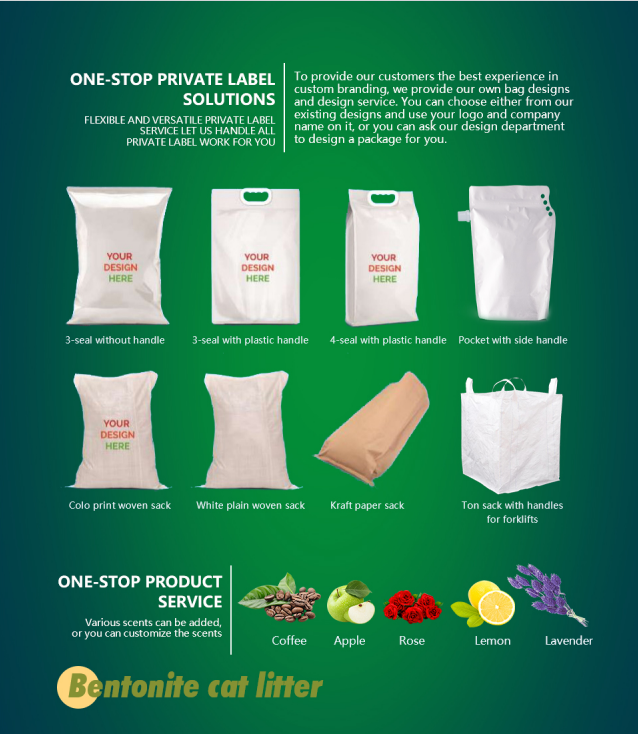The Importance of Industrial Marking Tape in Workplace Safety and Efficiency
In today’s fast-paced industrial environment, safety and efficiency are paramount. One often overlooked yet critical tool that contributes to these goals is industrial marking tape. This versatile product serves multiple purposes, from enhancing visual communication to ensuring a safe working atmosphere.
Industrial marking tape is designed to withstand the rigors of various industrial settings. Its durability and resilience allow it to perform in challenging conditions, including exposure to chemicals, heavy foot traffic, and extreme temperatures. This makes it an ideal choice for factories, warehouses, and construction sites, where traditional tapes might fail under tough conditions.
One of the primary uses of industrial marking tape is to delineate safe and hazardous areas. For instance, brightly colored tapes can signal pathways, emergency exits, and restricted zones. By clearly marking these areas, facilities can help prevent accidents and guide employees safely around the workspace. The use of color coding—such as red for danger or green for safe zones—further enhances the effectiveness of this visual communication, making it easy for workers to quickly identify potential hazards.
Moreover, industrial marking tape can also be utilized for organizing equipment and tools. By marking shelves, floors, or storage areas, businesses can implement orderly systems that minimize clutter and improve accessibility. This organizational strategy not only boosts productivity but also aids in inventory management, making it easier to locate items and reduce downtime.
industrial marking tape

Another significant advantage of industrial marking tape is its ability to convey important information through signage. Adhesive tapes can be printed with warnings, instructions, or directional cues, providing essential information at a glance. This is particularly useful in environments where verbal communication may be challenging due to noise levels or the presence of multiple languages among employees.
In addition to safety and organization, the application of marking tape can also support compliance with regulatory standards. Many industries are required to adhere to specific safety protocols, including the proper marking of hazardous materials and equipment. By investing in quality industrial marking tape, companies can ensure that they meet these regulations while fostering a culture of safety.
Lastly, the installation of industrial marking tape is quick and cost-effective. Unlike the construction of permanent features or signs, tape can be applied rapidly and without the need for specialized tools. This flexibility makes it easy for businesses to adapt their layouts and signage in response to changing needs or regulations.
In conclusion, industrial marking tape is a small yet vital component of workplace safety and efficiency. Its durability, versatility, and ability to enhance communication make it an indispensable tool in any industrial setting. By prioritizing the use of marking tape, organizations can not only streamline operations but also safeguard the well-being of their workforce.
-
XIANGFAN Rubber Tape-Ultimate Solutions for All Your Insulation NeedsNewsJun.24,2025
-
XIANGFAN Rubber Tape-Protection for Industrial and Residential ApplicationsNewsJun.24,2025
-
XIANGFAN Rubber Tape: Superior Safety and Sealing for Demanding EnvironmentsNewsJun.24,2025
-
XIANGFAN Rubber Tape: Reliable Solutions for Every Electrical ChallengeNewsJun.24,2025
-
XIANGFAN Electrical & Industrial Tape: Powering Reliability Across IndustriesNewsJun.24,2025
-
XIANGFAN Electrical & Industrial Tape: Excellence in Every ApplicationNewsJun.24,2025
